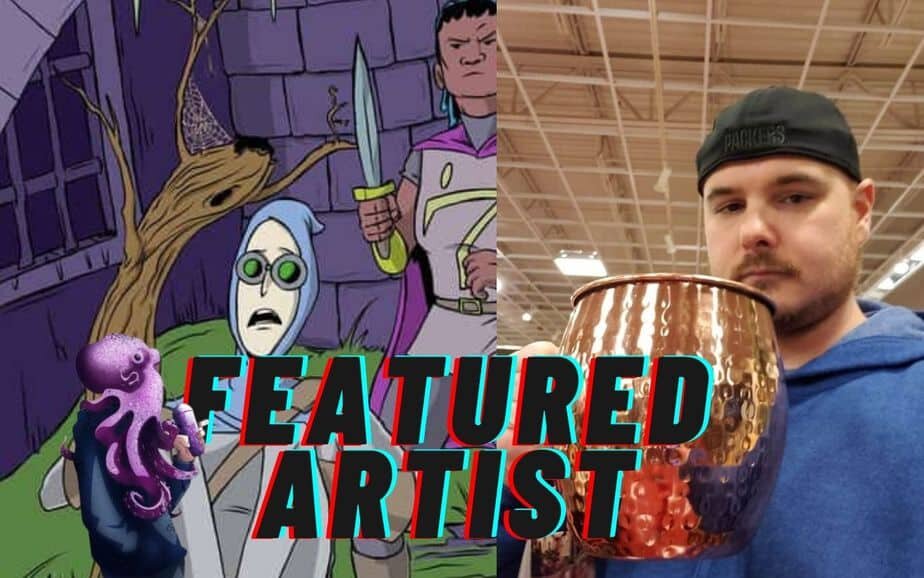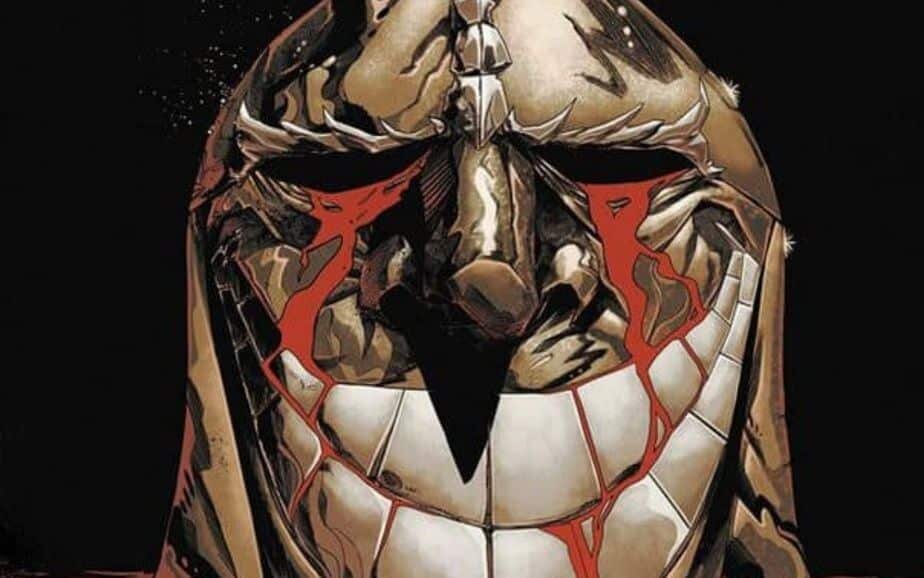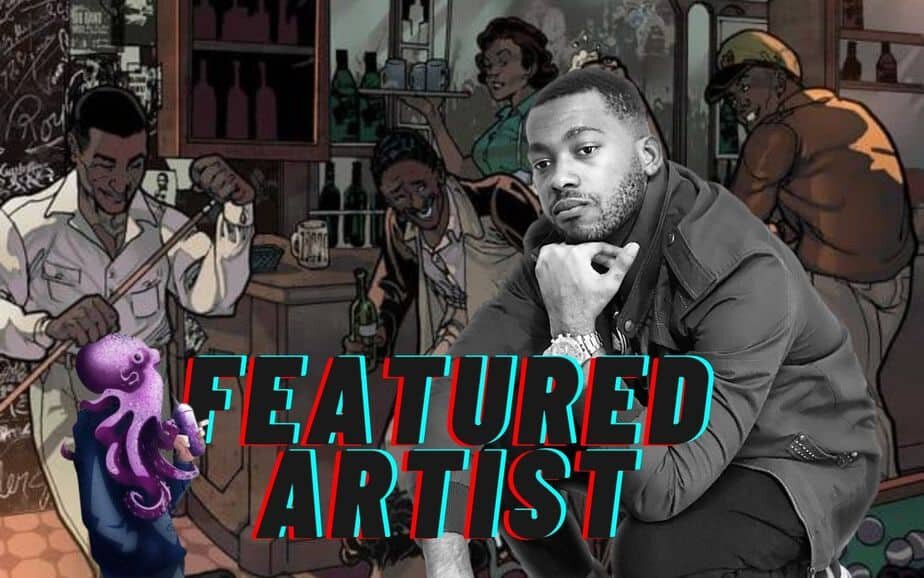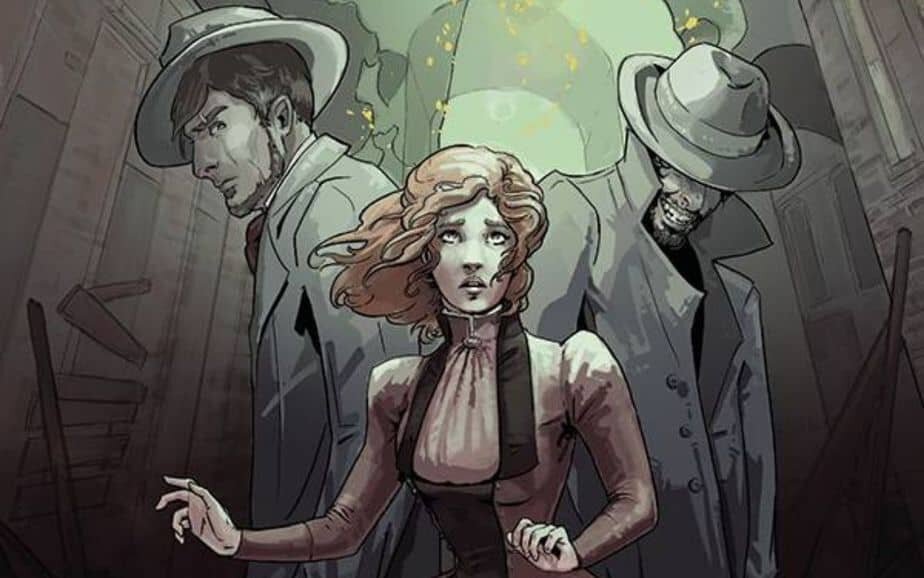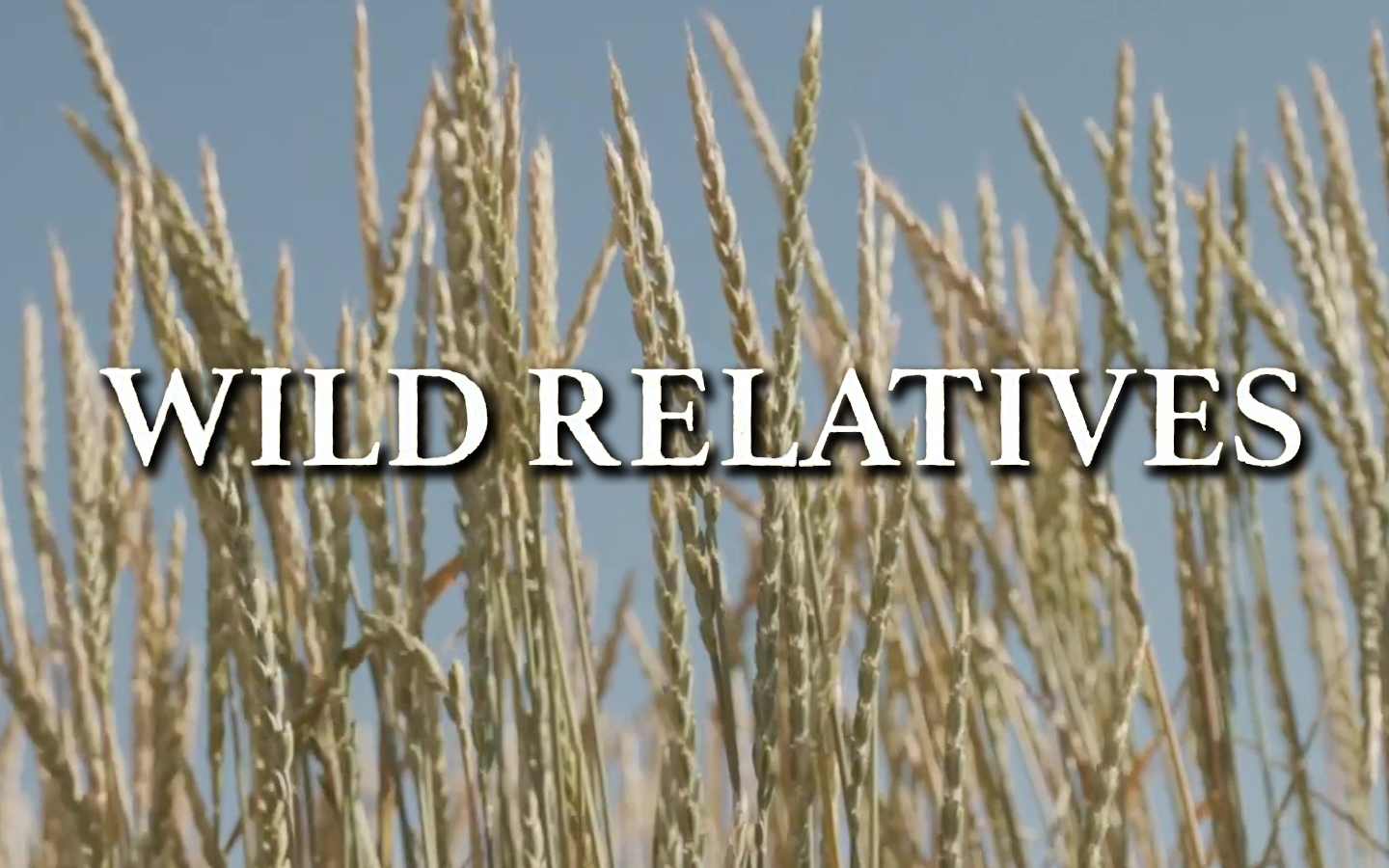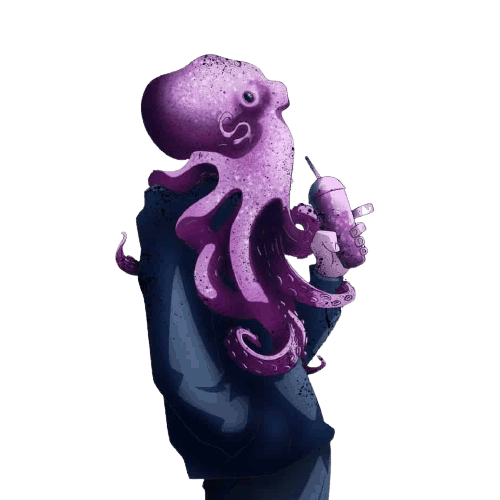DJELIYA – Graphic Novel Review
DJELIYA sees two young adventurers face down great danger as they enter The Ivory Tower, home to the power that destroyed the world. DJELIYA is a debut graphic novel written and illustrated by Juni Ba.
Inspired by West African folklore and stories handed over centuries, this unique graphic novel follows the adventures of Mansour Keita, the last prince of a dying kingdom, and Awa Kouyate, his loyal Djeli, or ‘royal storyteller’ as they journey to meet the great wizard who destroyed their world and then withdrew into his tower, never to be seen again.
On their journey they’ll cross paths with friend and foe, from myth and legend alike, and revisit the traditions, tales, and stories that gave birth to their people and nurture them still. But what dark secret lies at the heart of these stories, and what purpose do their tellers truly serve?
DJELIYA is published by TKO and is available from June 1st 2021.

DJELIYA Story
The continent of Africa is larger than the United States, China and Brazil. It is home to many cultures with deep storytelling traditions. To my shame, I am unfamiliar with African folktales, so it was exciting to read a graphic novel based on them. Prince Mansour Keita is an unwilling hero. More interested in a quick buck than restoring his fallen kingdom, he is fickle, spoilt, and averse to obligations placed on him due to his royal birth.
Awa Kouyate is everything that Mansour is not, loyal, diligent, and bound by the traditions for which Mansour cares little. It is lively dynamic, Awa urging Mansour to be better and do good. Mansour cynically reminds Awa that it would be better for them to leave the past behind them and that no good deed goes unpunished.
Split into chapters, the narrative often switches between the present and the past. In some ways, the plot very much follows Joseph Campbell’s hero’s journey, which is not unexpected given how old some of the myth’s inspiring DJELIYA are. That said, there are enough twists and turns to keep the reader guessing. There is a hectic sort of energy in the storytelling. There is a feeling of hip-hop that runs throughout, remixing and sampling old stories with more modern sensibilities around character development.
The dialogue perfectly matches the tempo of the images on-page. There is an enthusiasm in the text that to me seemed authentically African (I worked for a Nigeria boss once, and I could almost imagine her speaking the words on the page). These are African characters full of wit, charisma, and attitude.
The action sequences in the book are smartly put together, allowing both Mansour and Awa to reveal their individual character traits and how they go about solving problems. Ba has created in Mansour and Awa two fantastic protagonists. There is a whole cast of supporting characters that I felt could have sustained their own novellas. Mbam, one of the main antagonists, is a compelling villain, a mix of Gannon and Kingpin, his cunning and viciousness only matched by his first for power.
For some, there are going to be comparisons with The Dark Star Trilogy by Marlon James. DJELIYA is by far the superior of the two. There are superficial similarities, such as being fantasy epics set in Africa. Both also feature themes of struggling under the weight of tradition, having the confidence to challenge our beliefs, the fear of being a disappointment to our tribe or family, and rebuilding oneself after losing everything. Most interestingly, though, they both also explore why storytelling is so important. However, there is a clarity and humanity to Ba’s writing that is absent from Black Leopard, Red Wolf.
Ba manages to balance humour, action and peril superbly. It makes for a hugely enjoyable read. DJELIYA is a rollicking adventure that has a funky vibe.
DJELIYA Art
Ba’s art is extraordinary. Firstly the world and character designs make fabulous use of the West African myths that inspired DJELIYA. Many characters wear outfits that have African patterns. Mansour’s battle armour is an oversized traditional mask. Ba mixes these influences with a colour scheme that, to my eyes, is derived from groovy graffiti covers of hip-hop albums. The palette is reminiscent of Ed Piskor’s Hip Hop Family Album, but the colours used here are more varied, are bolder and are used far more efficiently to convey emotion and tone. For example, Mbam is usually seen bathed in an ominous green in contrast to Mansour and Awa. They are more often seen in reds and yellows.
Ba also blends clever lettering with energetic panel layouts. There are pages with a considerable amount of text, for example, the sequence where Mansour and Awa meet Mbam for the first time. But there never feels like there is a fight for space. Even in the frenzied fights scenes, there is elegance in the way the action unfolds.
The way Ba illustrates faces is glorious. The skill required to show the range of complex emotions in the expressions and body language demonstrated here is considerable. Ba shows Awa’s resigned disappointment in Mansour and then Xogne’s gregarious joy at the prospect of crushing someone’s skull within a few pages without skipping a beat.
There is a wonderful spirit of fun in the artwork that can’t help but make you smile.
DJELIYA Conclusion
With DJELIYA Juni Ba has announced themselves as a major talent in graphic novels. As far as adventure stories go, DJELIYA is one of the best ones I have read this year. Ba seamlessly blends hip-hop aesthetics with African folktales. The writing and art demonstrate Ba’s power as a storyteller.
The characters are well written. The dramatic tension between Mansour and Awa as they navigate events puts tremendous strain on their already troubled relationship. Because it is based on a myth there is not a great deal to surprise even if you are as unfamiliar with African folktales as I am. That said, the way the story unfolds is just enthralling. In many ways, DJELIYA does for African folktales what Samurai Jack did for samurai sagas. A simply brilliant debut novel.
Want more Comic Book Reviews?
RELATED ARTICLES:
1. Boom Studios brings Magic the Gathering to comics in Magic #1
2. Luna #4 Portrays Solid and Engaging Emotions
3. Sprite and the Gardener (Oni Press) is Kind Hearted and Ambitious
4. ORCS! #4 (BOOM! Studios) Delivers Big on Worldbuilding






